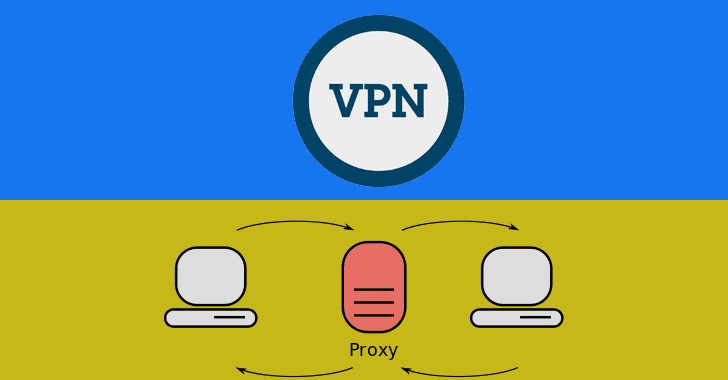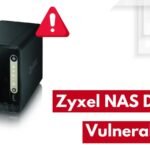Emerging Trends in Structured Cabling Technology
Structured cabling technology, the backbone of modern IT infrastructure, continues to evolve to meet the increasing demands of high-speed data transmission, scalability, and efficiency. Here are some emerging trends in structured cabling technology:
- Fiber Optic Dominance: Fiber optic cabling is becoming increasingly dominant due to its ability to handle higher bandwidth and longer distances compared to traditional copper cabling. With the growing demand for high-speed data transmission in data centers and enterprise networks, fiber optic cabling is becoming the go-to choice.
- Higher Data Rates: As the demand for faster data transmission increases, structured cabling systems are evolving to support higher data rates. This includes the adoption of standards like Cat 8 for copper cabling, which can support data rates of up to 40 Gbps or even 100 Gbps over short distances.
- Power over Ethernet (PoE): PoE technology enables the transmission of power and data over the same Ethernet cable, eliminating the need for separate power cables. With the rise of IoT devices and wireless access points, PoE is becoming increasingly important in structured cabling installations, driving the demand for cabling solutions that can support higher power levels.
- Modular and Pre-terminated Solutions: To accelerate installation times and reduce deployment costs, there’s a growing trend towards modular and pre-terminated cabling solutions. These solutions enable faster deployment, minimize errors during installation, and simplify maintenance and upgrades.
- Integration of Automation and AI: Automation and artificial intelligence are being integrated into structured cabling management systems to improve efficiency, reliability, and security. AI algorithms can analyze data from sensors embedded in the cabling infrastructure to detect and predict potential issues, optimize performance, and automate routine maintenance tasks.
- Flexibility and Scalability: As IT infrastructures become increasingly dynamic and complex, there’s a growing need for structured cabling systems that are flexible and scalable. Modular cabling solutions, such as modular patch panels and trunking systems, allow for easier upgrades and expansion to accommodate changing business needs.
- Green Cabling: With growing environmental concerns, there’s a focus on developing sustainable cabling solutions that minimize energy consumption and waste. This includes the use of energy-efficient components, recyclable materials, and environmentally friendly manufacturing processes.
- Security Enhancements: With the increasing importance of cybersecurity, there’s a growing emphasis on securing the physical layer of networks through measures such as tamper-evident cabling, encrypted connections, and advanced access control systems.
These emerging trends in structured cabling technology reflect the ongoing evolution of IT infrastructure to support the growing demands of modern businesses for faster, more reliable, and more secure connectivity.



